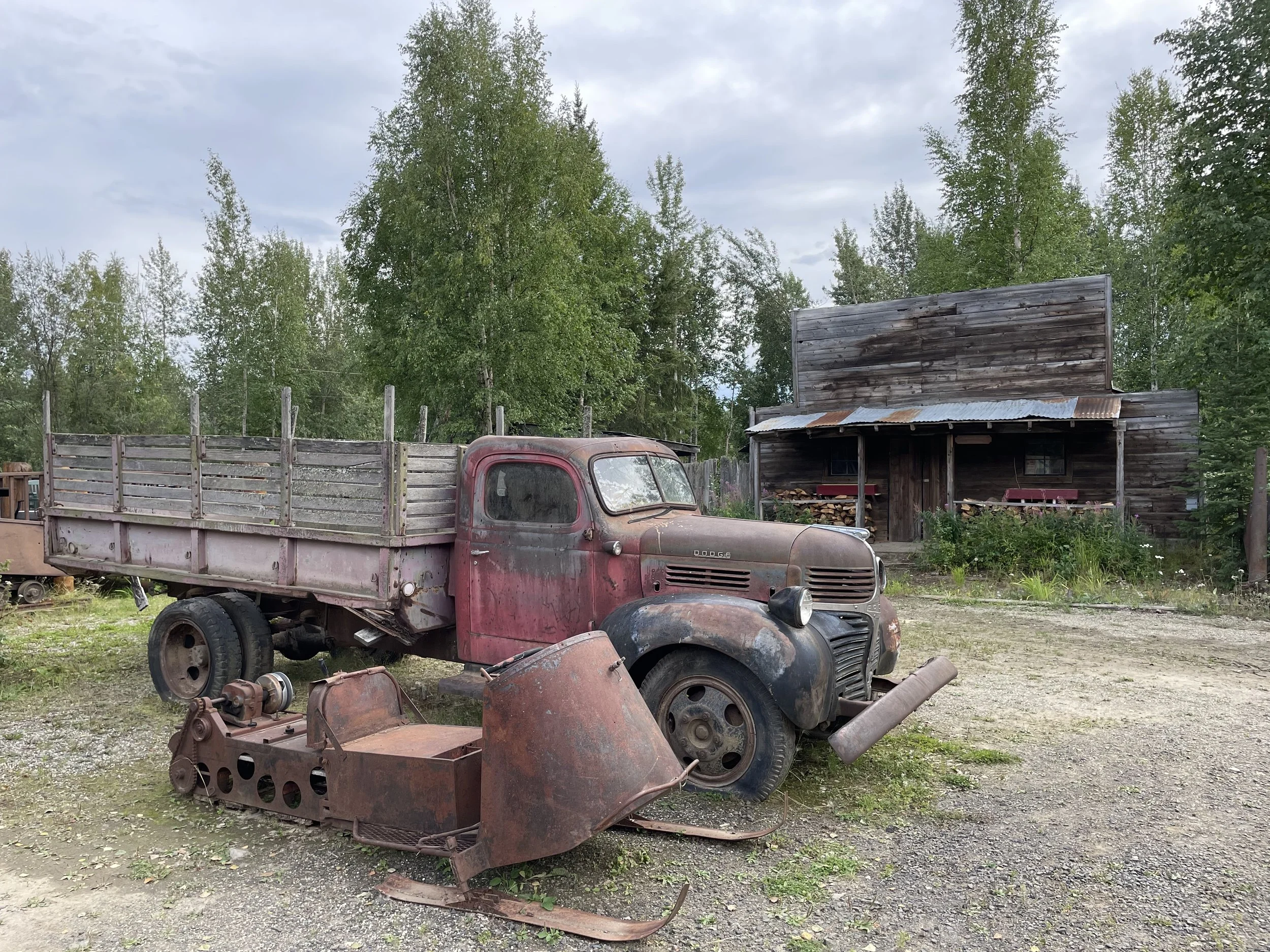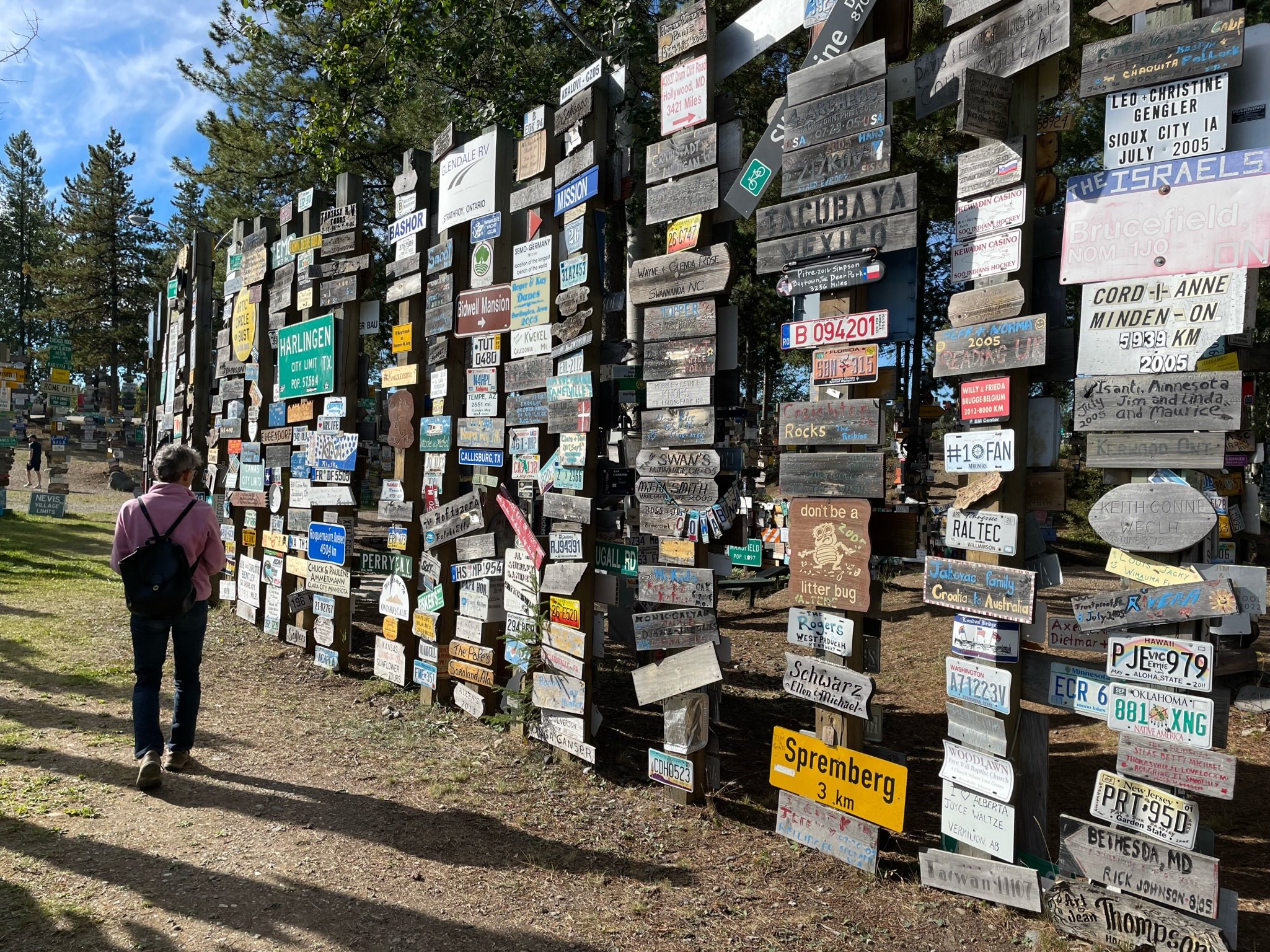Do you ever make arbitrary rules for yourself?
Here’s one my wife and I have: we are not allowed to turn on the heat before November 1st.
Why?
It’s a mixture of frugality, stoicism, and (delusional) environmental consciousness.
Our home is heated with oil. Nasty, smelly, fossil fuel oil. Once or maybe twice a year, a big truck shows up at our house and ‘the men’ stick a rubber hose into a pipe that leads down to a big tank that sits in our laundry room and pump many liters of heating oil (something like diesel fuel) into the tank. The tank feeds a furnace that burns the oil and sends resulting heated air through vents to warm the house.
Once we do turn it on, we use it sparingly. We keep the house at 17 C (64 F) tops during the day and turn it down to 12 C (55 F) at night.
Until Spring of 2020, we still had the furnace that was installed when the house was built. It was over 40 years old and the first firing every year produced an awful stench that made our eyes water and the cat cry.
The guy from the oil company who inspected it, told us every year we should get a new one. We resisted his sage counsel for more than ten years but finally, we decided that it was time to replace the old system. Frankly, I was afraid that the thing was going to blow up one day or at least fill the house with carbon monoxide while we were asleep (though the furnace rarely comes on when we are asleep since we turn it down so low at night).
Yes, we could have gotten a heat pump or a geothermal system or a solar something but the easiest thing appeared to be to replace the one we had with a newer (more efficient) one.
I am even lazier than I am frugal.
The old system had one of those round, gold-colored Honeywell thermostats with a metal coil that expanded or contracted as the room temperature rose or fell. When the coil had contracted enough it tipped a glob of mercury inside a glass tube which completed a switch that turned on the furnace. It was to the modern thermostat as a rotary phone is to a smart phone. It didn’t work with the new furnace and had to be replaced with a soulless digital thing that needs batteries to operate. Ugh!
Still, that first firing each year still feels like a moment of import and maybe it is just conditioning but I still believe I can catch a whiff of oil stench.
Here is a sonnet I wrote a while back about the annual ritual of firing up the furnace for the first time in the fall.
Furnace
Early and the chill that comes through double
panes and blows about the bedroom can’t be denied.
Frost grins on the sills and chatters on the outside
where frozen November dew kisses bare stubble.
Her feet cross the cold tile of the hall.
She gives the plastic knob a twist;
weary mercury tumbles and completes the switch.
A moment of silence for summer lost -- then all
hell breaks loose. The furnace awakens with thunder
and groans and stretches as spark
ignites a greasy belch, a cough inside its head.
A foul smell as the beast burns off months of slumber.
Belly-fire drinks the ancient carbon of birds and bark,
warming our flimsy lives with bodies of the dead.


